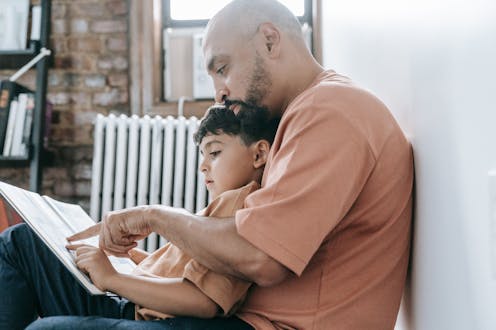6 books to help talk to your child about climate change
- Written by Pauline Jones, Associate Professor in Language in Education, University of Wollongong

Many children[1] and young people[2] are anxious[3] about climate change and what it means for their futures.
But adults can face the dilemma[4] of how to talk to children about these incredibly serious issues without upsetting them further.
We are educational linguists investigating how writers and illustrators communicate ideas related to climate change to children. Books are an important way to help conversations around climate change in safe, age-appropriate ways.
Children’s literature has long been the vehicle for talking about difficult subjects[5], exploring the world from different perspectives[6] and offering readers a means to imagine different ways[7] of living.
Here are six books from Australian writers and illustrators that can help parents and carers look at issues related to climate change with children from preschool to the late primary years.
They have been chosen because they offer their readers hope, foster relationships to the environment and encourage agency and courage. These can all help children develop positive coping strategies[8] around climate change.
1. Walk of the Whales by Nick Bland
For children four and up
Read more https://theconversation.com/6-books-to-help-talk-to-your-child-about-climate-change-215693














